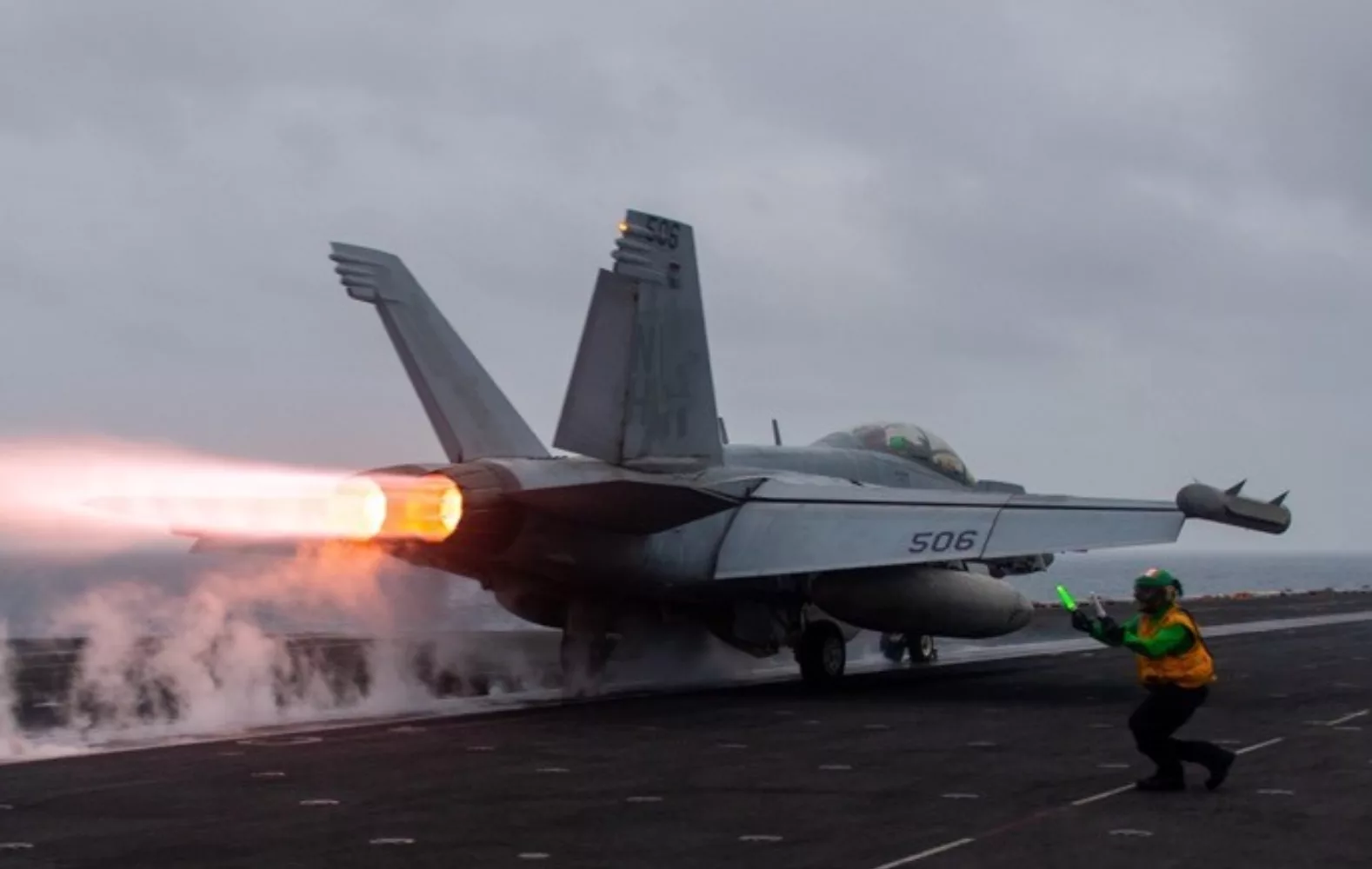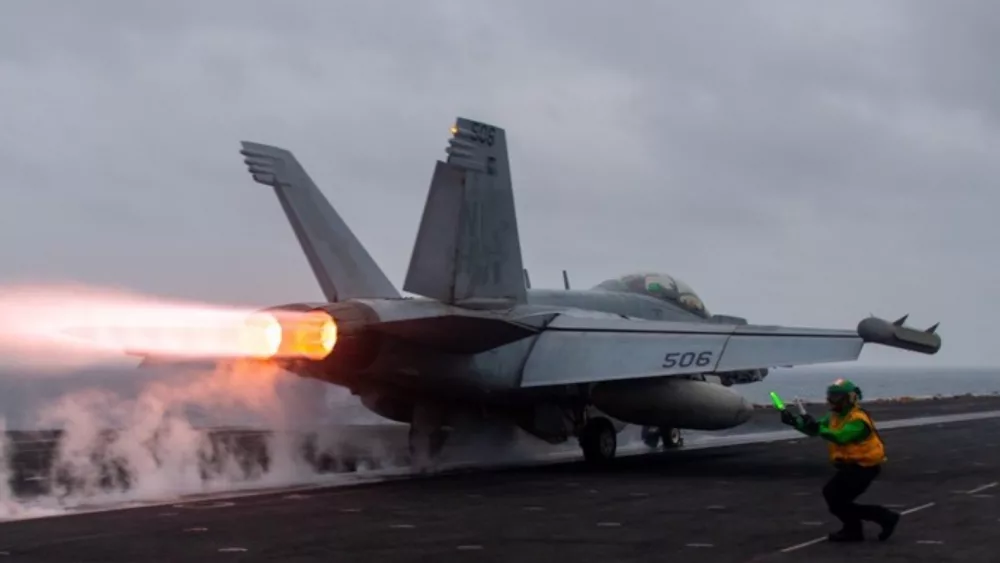
In the past week, U.S. forces successfully destroyed 20 one-way attack drones and Land Attack Cruise Missiles in the CENTCOM area of responsibility, according to a media release from the U.S. Central Command.
These Iranian-supplied weapons, launched episodically by the Houthis and Iranian-Aligned Militia Groups (IAMGs) over several days during the week, posed a significant risk to United States, allies, and partner forces, as well as civilians in the region and beyond. The drones and missiles were downed by a combination of U.S. Air Force and U.S Navy assets deployed to the region.
No U.S. service members were injured in these actions. U.S. and coalition forces remain at a high level of readiness, postured to defend U.S. interests and those of our allies and partners in the region.
Here’s a general timeline of CENTCOM operational activities during the past week:
As previously released, CENTCOM forces conducted a series of airstrikes Oct. 11 against multiple known ISIS camps in Syria, resulting in at least 35 ISIS operatives killed, to include several ISIS leaders. The strikes will disrupt the ability of ISIS to plan, organize, and conduct attacks against the United States, its allies and partners, and civilians. Battle damage assessments are still underway and do not indicate civilian casualties. U.S. and partner forces continue to execute these critical operations that contribute to the enduring defeat of terrorist organizations in the CENTCOM AOR and the support of regional stability.

- On Oct. 13, at the direction of the President, the Secretary of Defense authorized the deployment of a Terminal High-Altitude Area Defense (THAAD) battery and associated crew of U.S. military personnel to Israel to help bolster Israel’s air defenses following Iran’s unprecedented attacks against Israel on April 13 and again on Oct. 1. The THAAD battery is now integrated into the regional air defense architecture.
- Separately, during the past week, CENTCOM forces conducted a successful strike against a Houthi Surface-to-Air Missile (SAM) launcher and its associated radar that presented a threat to U.S. and coalition aircraft. Additionally, CENTCOM forces conducted strikes against multiple UAS Ground Control Stations (GCS) used to direct Houthi OWAUAS targeting of U.S. and coalition forces against international shipping in the Red Sea and Gulf of Aden. For operations security reasons, we won’t discuss specific dates or locations of these self-defense strikes.
- U.S. and coalition forces assigned to Combined Joint Task Force – Operation Inherent Resolve (CJTF-OIR) twice came under rocket attacks from IAMGs. In both instances, the rockets were successfully intercepted. No U.S. service members were injured in either incident.
- Finally, on the evening of Oct. 16 EDT, CENTCOM forces conducted multiple airstrikes on numerous Iran-backed Houthi weapons storage facilities within Houthi-controlled areas of Yemen that contained various advanced conventional weapons used to target military and civilian vessels navigating international waters throughout the Red Sea and Gulf of Aden. CENTCOM forces targeted the Houthi’s hardened underground facilities housing missiles, weapons components, and other munitions used to target military and civilian vessels throughout the region. U.S. Air Force and U.S. Navy assets, including U.S. Air Force B-2 Spirit long-range stealth bombers, were part of the operation.







